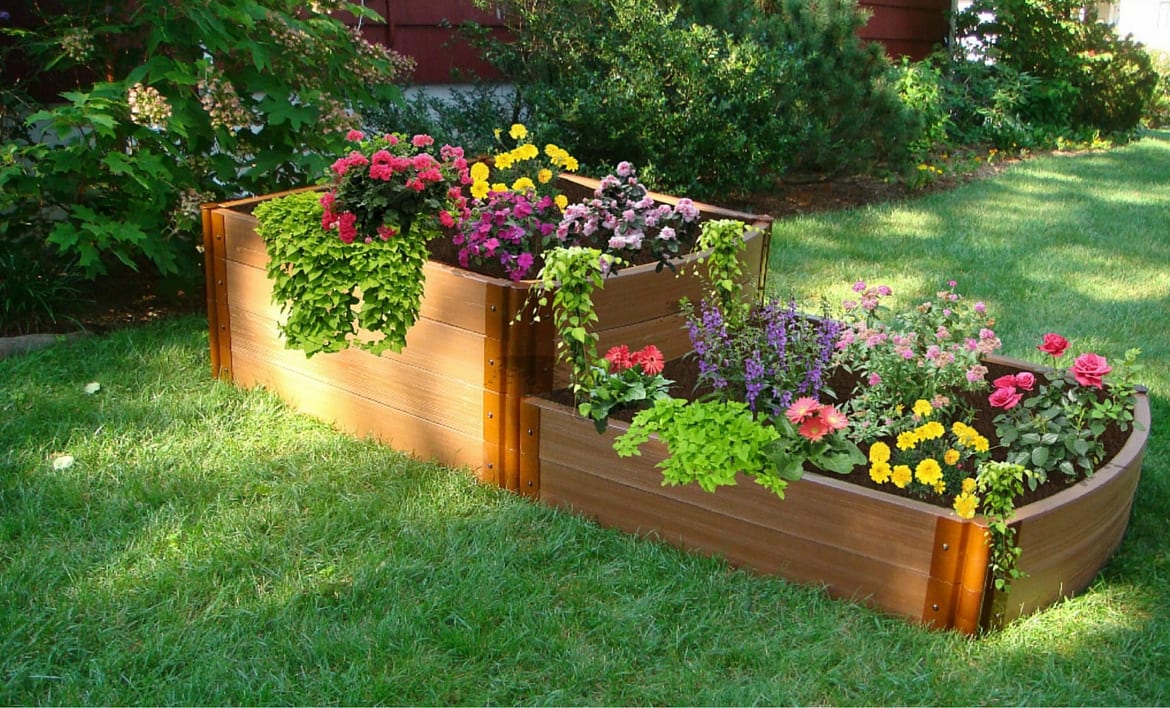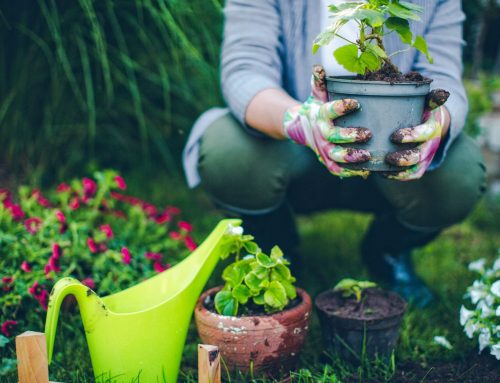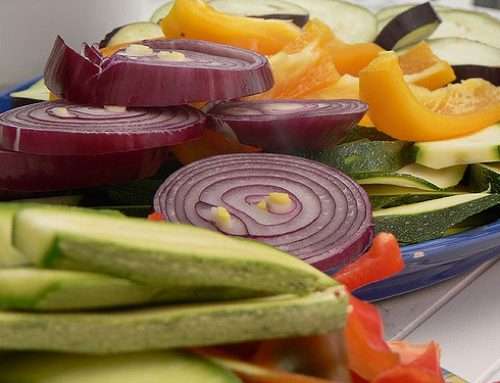We often take a gardening focus at Postconsumers in May. After all, gardening is one of the only ways that we can simultaneously make a dent in the consumer machine while also actively helping the environment and finding peace of mind and even zen. We like to give advice on how to garden in any situation, and some of our past topics include gardening in urban areas, using a community garden and creating an eco-friendly garden. Today we’re taking on a topic that you’ll admittedly need at least a bit of space for – a raised garden bed how-to.
Quickly Then, What’s a Raised Garden Bed?
A raised garden bed is a “box” (in fact it’s sometimes called a garden box) that is set above the earth so that your patch of flowers, vegetables, herbs or small fruits can grow in soil other than that of the direct earth. But why would you want that? There are actually a number of advantages. Raised garden beds keep weeds away, prevent soil compaction, provide drainage and serve as a barrier to animals and certain bugs. It also reduces how far you have to reach over to get to your garden. As an extra bonus, in many areas, you can plant your crop earlier in the season because the soil in a raised garden bed will be warmer than that of the ground below it.
What Are the Downsides to Raised Garden Beds?
We’ll skip over the obvious drawback that you certainly need at least a large patio and ideally a back yard to use a raised garden bed (and we state that fact noting the trend of migration toward urban areas). There’s also the unavoidable fact that no matter how much you nurture and feed the soil in your raised garden bed it won’t receive the same nutrients as true ground soil. Finally, if you are a large scale grower, the raised garden beds you’ll use will naturally limit the amount that you can grow to smaller quantities that will fit in the confined space. So, while raised garden beds offer a great number of benefits, you’ll want to consider the cons as well.
Rule Number One of Building a Raised Garden Bed: Be Wary of Consumerism in Pretty Pre-Packaged Units
You’ll find a number of pre-packages, ready to assemble raised garden beds both online and at your local home improvement store. We’re certainly not telling you to not purchase these. Anything that gets you gardening is good in our books. And we certainly admit that these garden beds often look aesthetically beautiful. However, be aware of the consumerization if you’re purchasing these. Are these garden beds things that you could make yourself, often out of repurposed items? Absolutely. And we’re about to show you how.
What You’ll Need for a Raised Garden Bed
You’ll need a patch of ground that’s about four feet by six feet in size. You’ll then need something to construct a barrier with that’s approximately four to six inches above the ground after you’ve anchored it. Finally, you’ll need two parts soil and one part compost to fill the raised garden bed that you’re about to create.
Step One: Prep the Soil
Even though you’re growing your organic matter in the soil above the earth, you’ll still want to break up the soil at the bottom of the raised garden bed so that any roots that run deeply can get into it. We like a Garden Weasel ourselves, but you can use anything that will break up soil.
Step Two: Create Your Raised Barrier
We love this list of repurposed or easy-to-purchase items that you can use to create your raised garden bed barrier. Everything from cinder blocks to sandbags to beautiful reimagined wood. What we will tell you is that you want to make sure that whatever technique you’re using to anchor your barrier to the ground is secure. It doesn’t take much of a storm to topple even the best raised garden beds.
Step Three: Filler ‘Er Up!
You want to mix two parts soil with one part compost, and if you’re a super star you may even consider making your compost at home. Especially because your soil is not getting the same nutrients it would if it were true ground soil, the compost becomes important.
Step Four: Get Planting!
Plant as much as you can as often as you can! Grow, grow and grow! Get green, green and green! We can’t say it enough, growing is good.
Did we miss a tip on raised garden beds? Tell us about it on the social media channels below.
Facebook | Twitter | Instagram | Tumblr | Pinterest | Google+ | Medium





